Tesla-AI-powered tool for Tesla insights.
AI-powered insights on Tesla innovations.
Can you explain how Tesla's electric cars work?
What are Tesla's latest innovations in renewable energy?
How does Tesla contribute to sustainability?
Tell me about Tesla's journey in the EV market.
Related Tools
Load More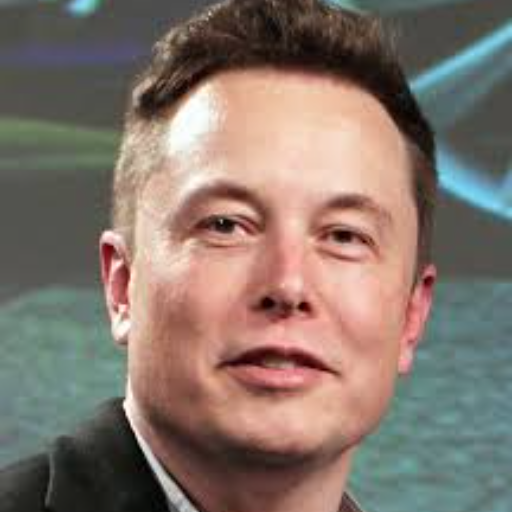
Elon Muusk
Speak with Elon Musk.
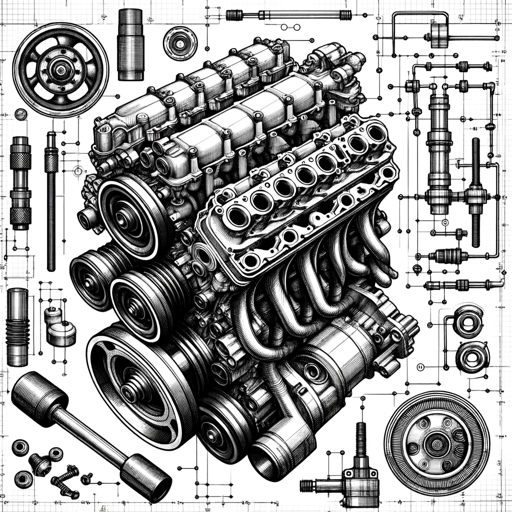
Automotive Engineer
Assist in design, development, and testing

Energy AI
Your renewable energy expert.
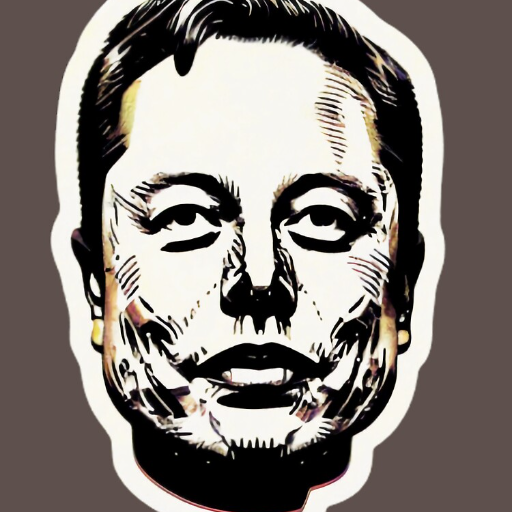
Elon
Imaginable founder of PayPal, SpaceX, Tesla. Really likes letter X
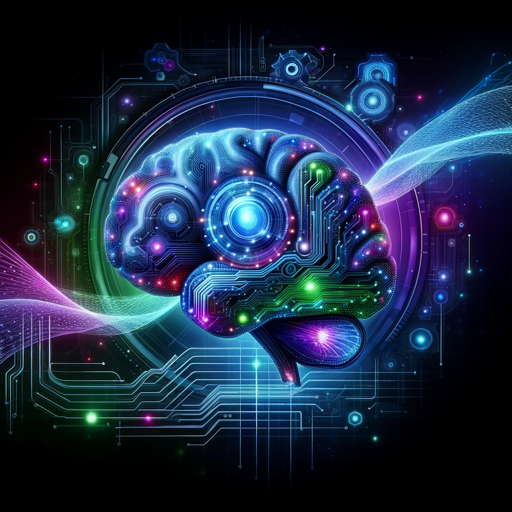
Tech Insight Guru
Expert in AI, ML, Deep Learning, LLM, Natural Language Processing (NLP), Transformers, Quantum Technology, Cybersecurity, Cyberintelligence, Digital Forensic, Governance, Information Security, Risk Management & Compliance.

EV charger
전기차 충전, EV 전기 충전기 설치와 견적서 ?
20.0 / 5 (200 votes)
Tesla: A Visionary in Electric Mobility and Clean Energy
Tesla, founded in 2003 by a group of engineers including Elon Musk, is a company dedicated to accelerating the world’s transition to sustainable energy. The core purpose of Tesla is to provide solutions that reduce dependency on fossil fuels through electric vehicles (EVs) and renewable energy products. Tesla is best known for its electric cars like the Model S, Model 3, Model X, and Model Y, but it also develops and manufactures energy products like solar panels, solar roof tiles, and energy storage systems (Powerwall, Powerpack, and Megapack). Tesla vehicles and energy solutions are designed to be environmentally friendly, technologically advanced, and seamlessly integrated into everyday life. Tesla's EVs are equipped with powerful batteries, advanced driving systems like Autopilot, and over-the-air software updates. Additionally, the company integrates its products into a holistic ecosystem where solar power can be stored in batteries and used to charge cars, creating a full-circle renewable energy solution. A scenario illustrating Tesla’s design purpose is a home using Tesla’s solar panels and Powerwall to store excess solar energy, which is then used to charge a Tesla Model 3. This setup demonstrates the company’s vision of integrating renewable energy with electric vehicles, reducing reliance on external energy grids and fossil fuels.

Core Functions of Tesla Products and Services
Electric Vehicles (EVs)
Example
Tesla Model 3, a popular EV, is capable of up to 353 miles of range on a single charge.
Scenario
A commuter uses their Model 3 to drive 50 miles daily, benefiting from low maintenance costs and zero emissions. The car's Autopilot feature assists in long drives, offering partial self-driving capabilities that reduce driver fatigue on highways.
Autopilot and Full Self-Driving (FSD)
Example
Tesla’s Autopilot system enables features like automatic lane-keeping, adaptive cruise control, and traffic-aware navigation.
Scenario
During a long road trip, a Tesla driver activates Autopilot, allowing the vehicle to maintain speed, distance from other cars, and stay within its lane. In an urban environment, Full Self-Driving (FSD) could navigate complex intersections, stop at traffic lights, and even find parking.
Energy Products (Solar and Energy Storage)
Example
Tesla Powerwall allows homeowners to store solar energy and use it during the night or power outages.
Scenario
A homeowner in a sunny region installs Tesla Solar Roof along with a Powerwall system. During the day, solar panels generate energy, and any excess is stored in the Powerwall. At night or during an outage, the stored energy powers the home, reducing dependency on the electric grid.
Target Users of Tesla Services
Eco-conscious Consumers
Individuals or families looking to reduce their carbon footprint benefit greatly from Tesla’s electric vehicles and solar energy products. They prioritize sustainability and aim to reduce reliance on fossil fuels by transitioning to renewable energy sources and zero-emission vehicles.
Technology Enthusiasts and Early Adopters
This group is drawn to Tesla’s advanced technology, such as Autopilot, Full Self-Driving, and over-the-air updates. They appreciate the innovation behind Tesla’s AI-driven systems and tend to embrace new tech solutions quickly, seeking cutting-edge experiences in both mobility and home energy management.

How to Use Tesla
Visit aichatonline.org for a free trial
Access the platform without the need to login or subscribe to ChatGPT Plus. The free trial allows you to explore the AI's capabilities immediately.
Familiarize Yourself with Tesla’s Interface
Explore the features, menu options, and input areas to maximize your productivity. Start by asking questions or uploading relevant materials for deeper analysis.
Identify Your Use Case
Think about what you want to achieve—whether it's generating technical insights, academic writing, or exploring renewable energy trends—and tailor your queries for specific, detailed outputs.
Input Data or Queries
Type your question or upload files (where applicable), ensuring clarity for the AI to respond accurately. Use specific prompts for better results.
Optimize Your Experience
Refine your interaction by asking follow-up questions, seeking clarifications, or exploring different use cases for the best outcomes. Repeat steps to explore more functions.
Try other advanced and practical GPTs
Powerball Pro
AI-powered lottery analysis for smarter picks

Math Master
AI-powered step-by-step math solutions

Pika Labs. AI
AI-Powered Video Generation

Task Force Lima GPT
AI-driven solutions for defense tasks
Advanced Web Scraper with Code Generator
AI-Powered Web Scraping Code Generator.

Business Ideas & Plan Generator
AI-powered tool for generating business ideas & detailed plans.
AI Excel Macros Wizard
Automate Excel Tasks with AI Precision
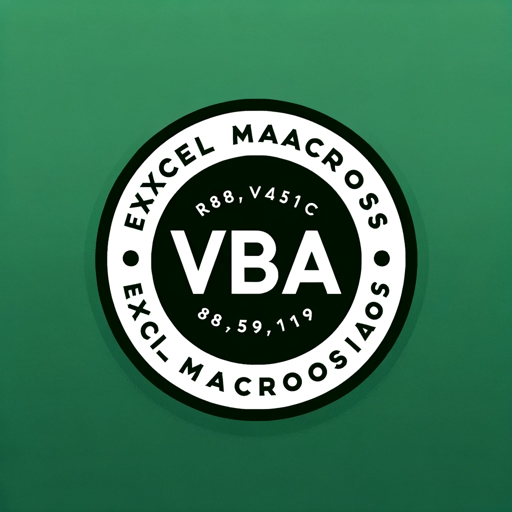
Video Summarizer
AI-powered Multilingual YouTube Video Summarization

MarketResearchGPT
AI-driven insights for perfect surveys.

Safety Advisor.
AI-driven workplace safety and compliance

Gecko Tech Prompt Artisan
AI-powered creative prompt generator.

Mars AI GPT
AI-Driven Content Creation Made Easy
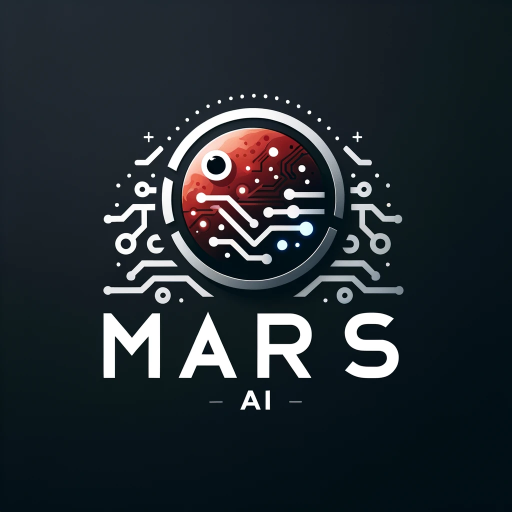
- Data Insights
- General Knowledge
- Technical Research
- Renewable Energy
- EV Analysis
Frequently Asked Questions about Tesla
What is Tesla's primary functionality?
Tesla is an AI-powered assistant designed to provide in-depth information and insights into Tesla's electric vehicles, renewable energy solutions, and innovative technologies.
Can Tesla assist with technical details about electric vehicles?
Yes, Tesla is equipped to offer comprehensive explanations on EV technology, from battery specifics to vehicle efficiency, and comparisons to other renewable energy solutions.
How can Tesla help with renewable energy solutions?
Tesla provides detailed information on solar energy, energy storage technologies, and Tesla's vision for sustainability. It explains how Tesla products like solar panels and Powerwall contribute to a greener future.
Can Tesla be used for general purposes outside of EVs and energy?
Yes, while Tesla is focused on electric vehicles and energy solutions, it can also assist in a wide range of tasks including research, writing, and even answering general knowledge queries.
Is it possible to integrate Tesla with other workflows?
While direct integrations are not available, Tesla can support workflow tasks by generating data, explanations, and insights that can be integrated manually into your projects.